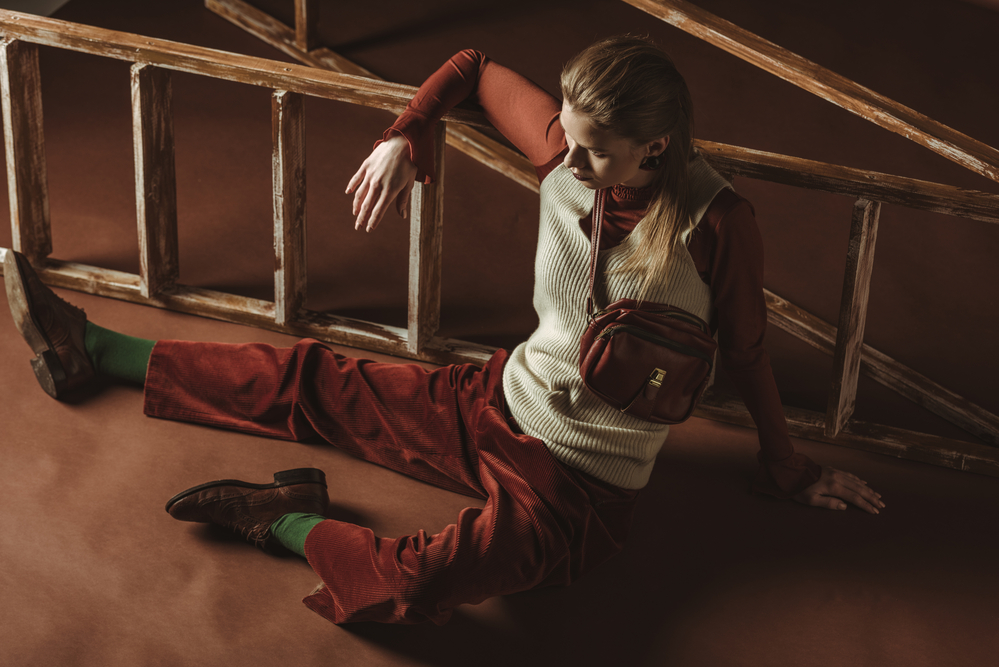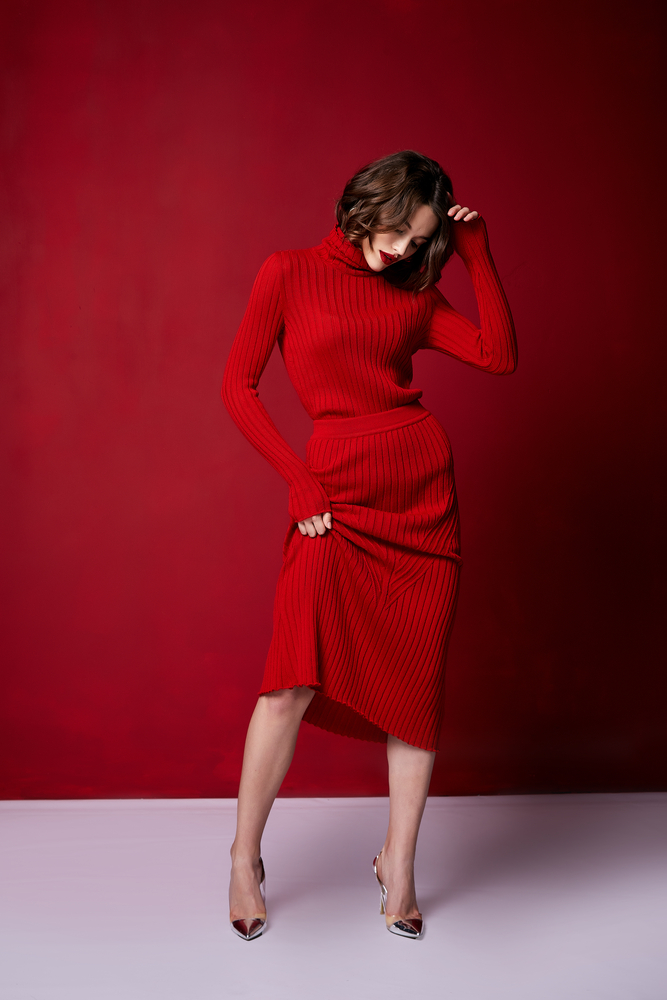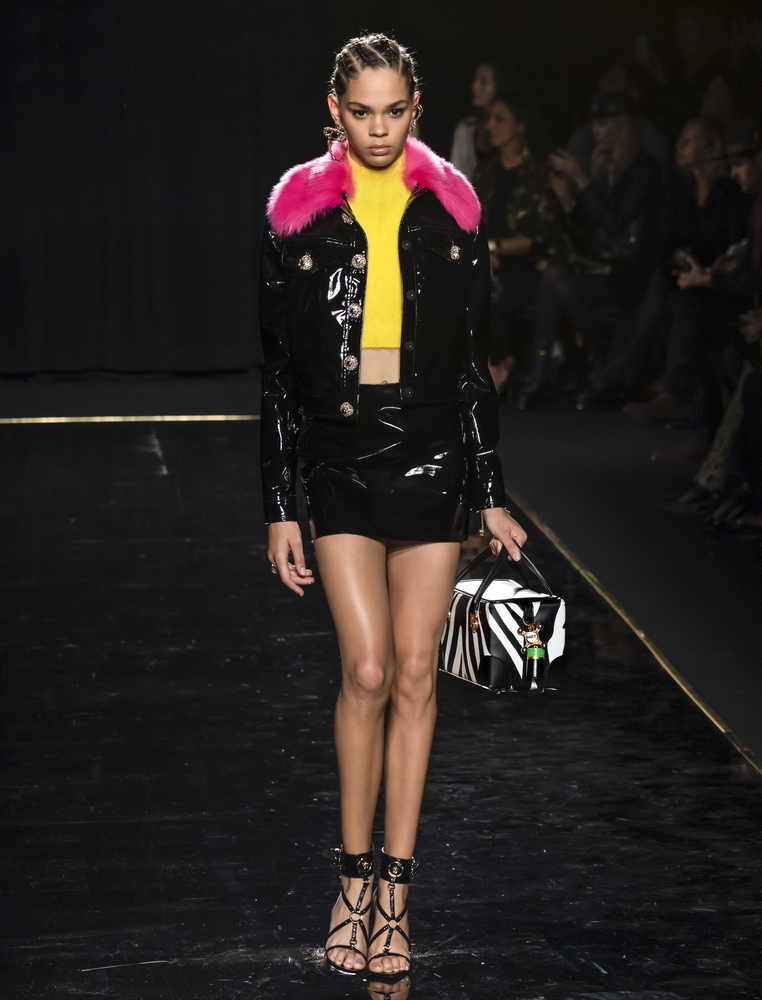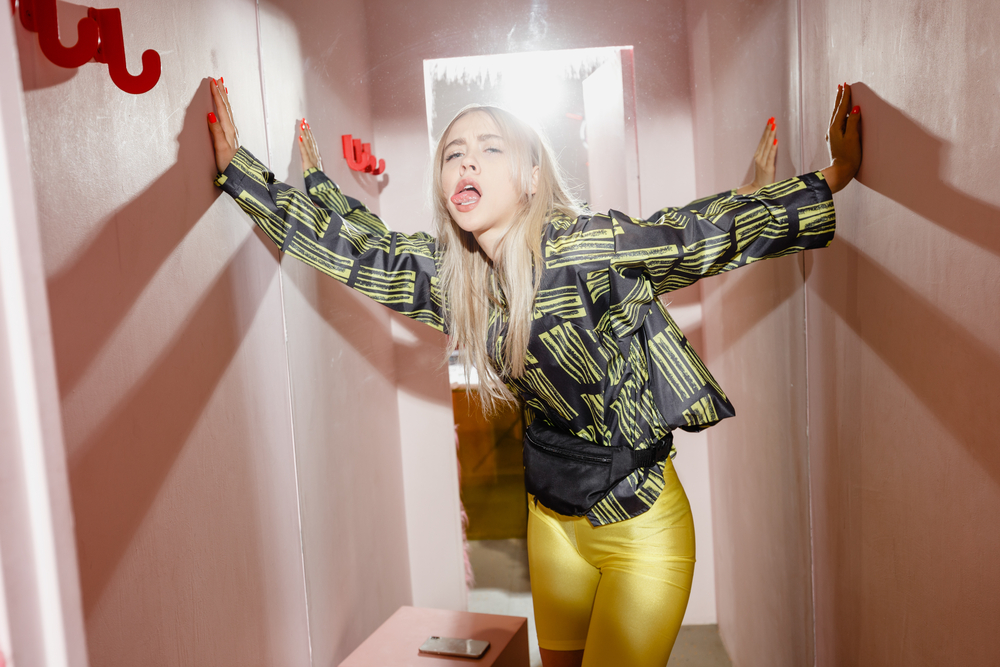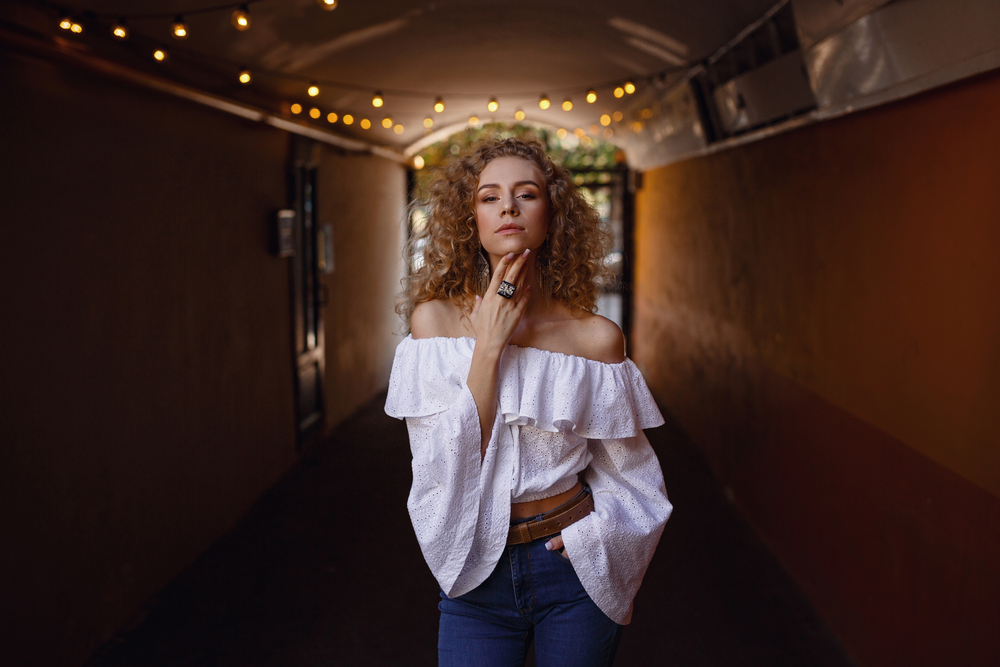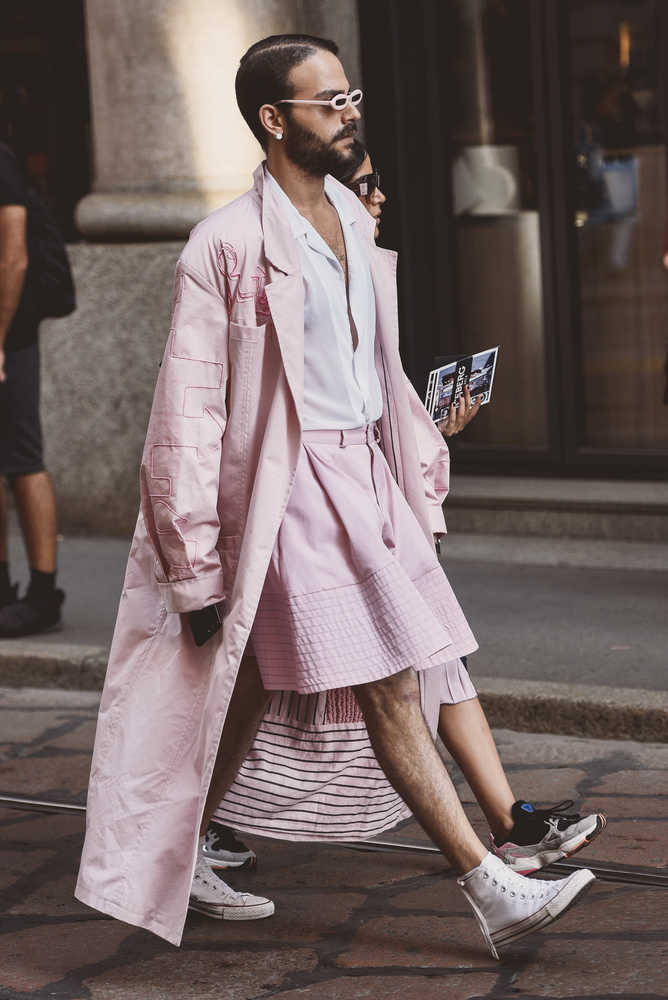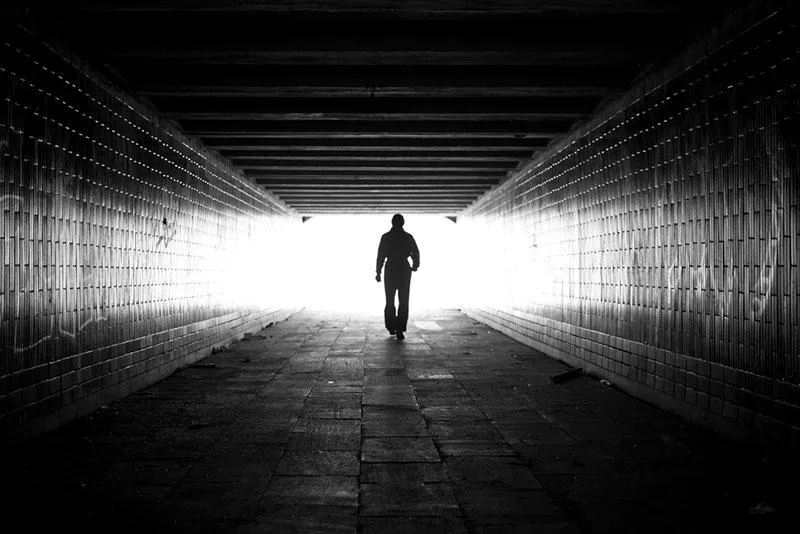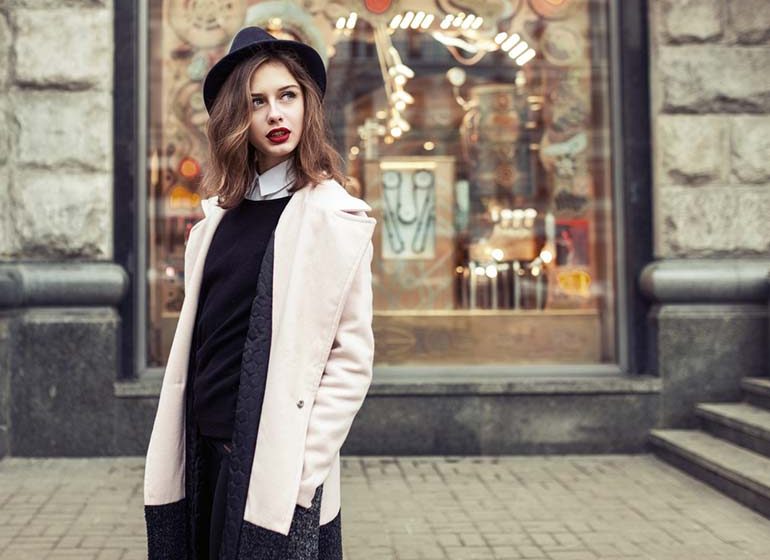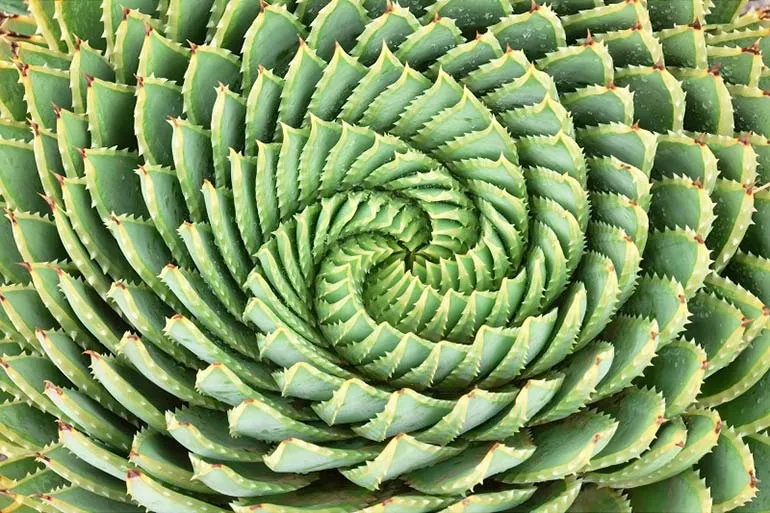7 Fashion Photography Tips to Get Started
The fashion photography genre is over 150 years old, and the fashion photographer status has only grown over the years.
The first wave of interest in fashion photography is associated with the golden era of fashion magazines. A hundred years ago, capitals such as Paris and New York learned about each other through catwalk and street fashion images. The rise of mass-market fashion, and the growing competition among manufacturers boosted the demand for fashion advertising in the mid-50s.
And in the Internet era, brands, media, and opinion leaders need this genre of photography more than ever. Targeted ad campaigns, eCommerce platforms, fashion blogs, and social media communication — all these require high-quality photo content.
Since mastering fashion photography skills can bring a photographer additional income, why not delve into it? To help you get started easily, we’ve prepared a list of key things you need to know about the genre.
What is fashion photography?
Fashion photography is a genre that aims to showcase clothes and accessories. For these purposes, photographers shoot models in items of clothing. This approach is called fashion model photography. There is also a genre of product fashion photography, in which items are captured in interiors, against a solid background, or among other objects that set the atmosphere of the picture.
Fashion photography on stocks is a little different from classic photography. Stock photographers can’t shoot fashion-related items if their link to a brand or fashion designer is obvious. In particular, logos and certain clothing designs might be subjected to intellectual property, and require permission from the copyright holder to be photographed and sold to a third party.
For this reason, fashion stock photography tends to show a certain style of clothing without reference to any specific manufacturer.
Fashion photography has also changed dramatically over the decades. Trends in this area reflect changes that took place in society, politics, and even art. For example, editorial fashion photography shoots by Edward Steichen, a Luxembourgish American photographer, painter, and curator, for Art et Décoration (1911) is considered the first fashion photo shoot in the modern sense of the term. This photographer’s goal was to establish fashion as another art movement.
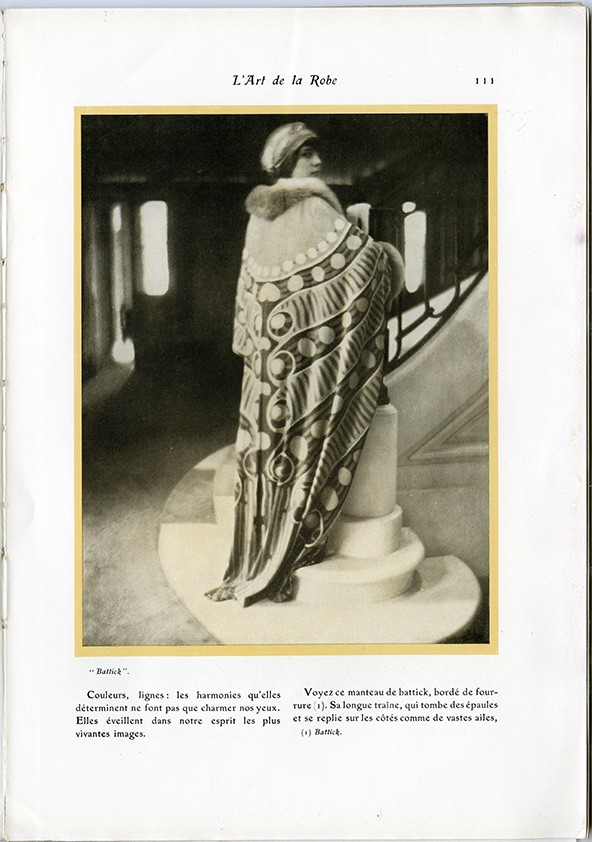
Source: The Fashion Institute of Technology blog
Twenty years later (in the 1930s), photography became the most important medium to share fashion news. Thus, fashion photographers were focused on showing the peculiarities of items.
In the middle of the last century, brands took fashion photography into their arsenal, using images as the basis of their advertising campaigns. As a result, photographers received a new task: to show that products of a certain brand are the first step towards the lifestyle that potential buyers dream of.
Today, the lifestyle-focused approach dominates fashion photography. Clothes, shoes, and accessories are now tools for expressing ideas. At the same time, the subject-oriented approach is still not a thing of the past. eCommerce has rehabilitated this genre in recent decades, as it is critical to showcase your fashion items in detail for their successful online sales.
Where we can spot fashion photography:
? Fashion magazines
Significant examples: Elle, Harper’s Bazaar, Vogue, Cosmopolitan, GQ, Esquire
? Fashion blogs and online platforms
Significant examples: Fashionista, Business of Fashion, Red Carpet Fashion Awards, Who What Wear, Popsugar Fashion, The Zoe Report
? Advertising
Significant examples: the Marc Jacobs campaign with Victoria Beckham (2008), the Calvin Klein “Obsession” advertising with Kate Moss (1993), the Nike “Better for It” campaign (2015), the “Red Bustle” campaign for Yohji Yamamoto featuring Naomi Campbell (1986)
? Retail websites
Significant examples (by revenue): macys.com, amazon.com, gap.com, nordstrom.com
? Influencer accounts on Instagram, YouTube, and TikTok
Significant examples: Cole Sprouse, Chiara Ferragni, Camila Coelho, Zoe Sugg, Tess Christine, Vanessa Zilleti
The most well-renowned fashion photographer of all time: Helmut Newton, Nick Knight, Annie Leibovitz, Patrick Demarchelier, Mario Testino, Francesco Scavullo, Richard Avedon, Steven Meisel, Herb Ritts, Peter Lindbergh, Jurgen Teller
7 fashion photography tips for beginners
№1 Remember basic composition rules
If you already have experience with model photography, you should be well aware of these rules. If not, you can learn more about them in one of our most popular blog posts — Back to Basics: 10 Composition Rules in Photography. Here, we briefly describe three of the most popular ones:
- Rule of thirds
This rule can be applied during shooting or post-processing. Divide your frame into thirds horizontally and vertically, and make sure that the main objects in your frame are at the intersections of these lines.
- Symmetrical composition
Imagine that a line is diving your shot into two halves. This line can be vertical, horizontal, or diagonal. After that, make the axis of symmetry pass through the main object in the frame.
- Golden ratio
Composing a shot using the golden ratio rule is an advanced task. Divide the frame into two unequal parts, and then repeat this action several times. The size of the larger part should refer to the smaller one, the same as it refers to the entire frame. Make your main objects in the frame follow the progression.
№2 Start with outdoor fashion photography
Street fashion is one of the most popular categories of fashion photography. It’s also an easy way for you to practice your skills. Explore Street Photography Tips: Making the Most of a Boring Location if this is the direction you’d like to follow.
Regular practice of shooting fashion on the streets will help you master photography composition, learn how to work with challenging lighting, and find common ground with models. Shooting street fashion also allows you to train your eyes to find interesting types.
Note! If you plan to add your street shots to your portfolio, be sure to get permission from your subjects (here is a model release form you can use).
№3 Highlight fashion items
As you already know, a fashion item is the main element of your photography in this genre. Whether you’re showing an outfit in detail, or expressing your artistic idea, the fashion item needs to always stand out.
You can achieve this effect by creating contrast between the clothes and model, or the model and surrounding environment. Contrast can be based on colors (for example, you can use opposite colors or practice black and white fashion photography), on a volume ratio (the “huge” shoe in the foreground and the small person in the background), and also on the level of light and shadow.
For more inspiration, read this interview — Strictly Black and White: The Works of Michal Baran.
№4 Look for underlying meaning and stories
Sometimes, photographers who have previously specialized in non-portrait genres find it difficult to understand the idea of fashion photography. You can get a grasp of how it works with a little exercise. Take a break from the idea of documenting clothing within a frame. Instead, think about the story behind certain items of clothing. Questions to help you write your story:
- Who made these? Why did they choose this color and style?
- Why is the person in front of you wearing these things? How do they feel?
- Where does a person dressed like this go? What do passersby think of them?
- How will a person’s day be in this outfit?
At first, you might not know how to use your answers to these questions, but after a while, you will notice that unusual narratives appear in your stories. You can also enhance them by adding themed items to the frame. See how some of our contributors cope with this task: Photo Collection: Fashion Week Days.
№5 Interact with objects to create themed frames
You are most likely familiar with the concept of natural frames. A good example of this artistic technique is a photo of a window overlooking the sea. Thus, the window frame creates an additional frame within your image and makes it deeper.
An interesting artistic effect can be achieved by using branches and leaves, mirrors, blinds, fences, sunglasses, bracelets, and more as a frame. Choose objects that express or emphasize the idea that you have put into the photo. For example, lockdown home fashion can be shown using photos taken from the outside, through a window in the living room.
№6 Change your angle of view often
Changing angles is important for photographers regardless of the genres they have chosen. For fashion photographers, unexpected angles can be a great way to stand out with their portfolio, as most fashion shots are standard full-length portraits.
Note that changes to the angle in model photography (especially if you are dealing with a wide-angle lens) alter the proportions of your subject. This way you can “lengthen” the model’s legs or arms, draw the audience’s attention to a small accessory (just place it in the foreground and as close to the camera as possible). Here are tips to help you avoid mistakes:
Shooting from above: Highlights the model’s eyes and emotions, but “shortens” the model’s height.
Shooting from below: Makes the model slimmer and taller, but at the same time, the emotions on their face become difficult to read.
№7 Decide on outfit style in advance
Choosing the right clothes is the key to a successful shot. When it comes to shooting for fashion magazines or advertising, the stylist is often responsible for clothing and accessories. Stock photographers do not always have the opportunity to work with stylists, or dress models in trending brands and clothing.
Fortunately, outstanding photographers are not those who have access to branded clothing and an army of assistants, but those who have a unique vision and are creative thinkers. No matter what’s in the frame, they’ll find a way to present it. We recommend that you also work with what you have, but do not underestimate the stage of preparing for a photo shoot:
— Collect a set of references or a moodboard (more tips here: How to Make a Moodboard)
— Chat with the model to get a feel for their personality and appearance
— Together with your model, make a list of things you need for photography
Remember, thorough preparation and clothing from thrift stores are better than branded items that don’t go together in your frame, and don’t fit your model.
Wrapping up
Fashion photography is a highly competitive environment. You only win if you can present fashion in an admirable way. And if you succeed, you win it all: contracts with top apparel and accessory manufacturers, editorial photo shoots for major fashion magazines, and collaborations with bloggers and global eCommerce platforms.
Practicing fashion photography and maintaining a portfolio at Depositphotos is a good way to master the genre, watch your progress, and even find your first clients. So use tips from this article to take your first steps and don’t hesitate to experiment with lens, angles, and composition. We wish you the best of luck, and look forward to seeing your first fashion shots soon!
